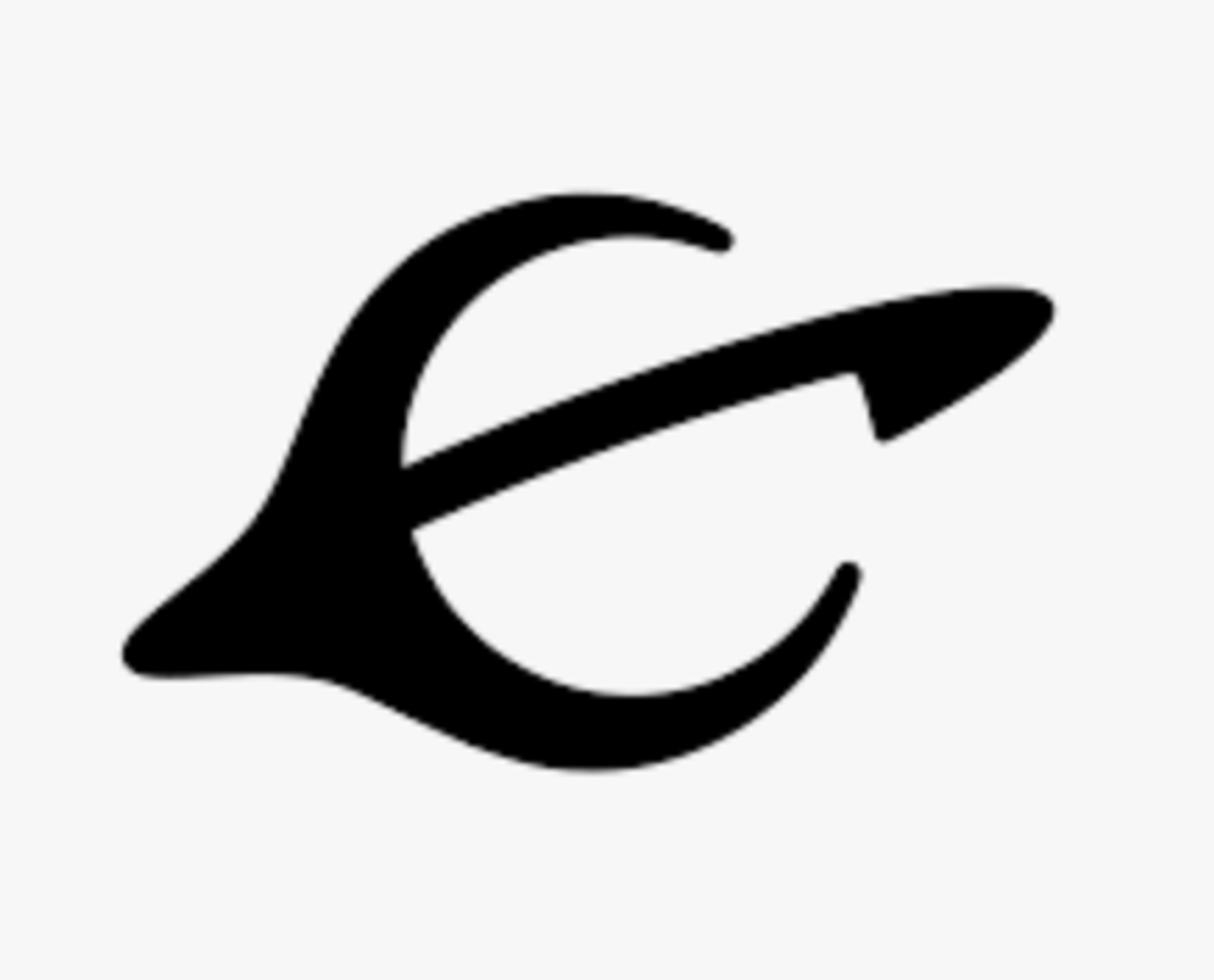ARTICLES
VIDEOS
TWITTER THREADS
LINKS
- Website - https://evmos.org/
- Docs - https://evmos.dev/
- Github -
- Twitter - https://twitter.com/EvmosOrg
- Discord - discord.gg/evmos
- Telegram - t.me/EvmosOrg
- Medium - https://evmos.blog/
WHAT IS IT
EVMOS stands for EVM (Ethereum virtual machine) and CosmOS. It is a scalable, high-throughput PoS (Proof of stake) blockchain that is fully compatible and interoperable with Ethereum. It’s built using Cosmos SDK and runs on top of the Tendermint Core consensus engine.
It will be the EVM connection to the Cosmos ecosystem and will integrate EVM compatible chains to Cosmos. Ethereum isn’t the only EVM compatible chain. Fantom, Avalanche and Harmony are also EVM compatible. This means that these chains will be able to integrate assets (dApps, NFTs, tokens) into the Cosmos IBC ecosystem with EVMOS.
EVMOS will facilitate the connection of over $100B in assets and an array of EVM-based protocols to connect to the Cosmos Hub. This will usher in a new era for dApps and DeFi in the IBC ecosystem.
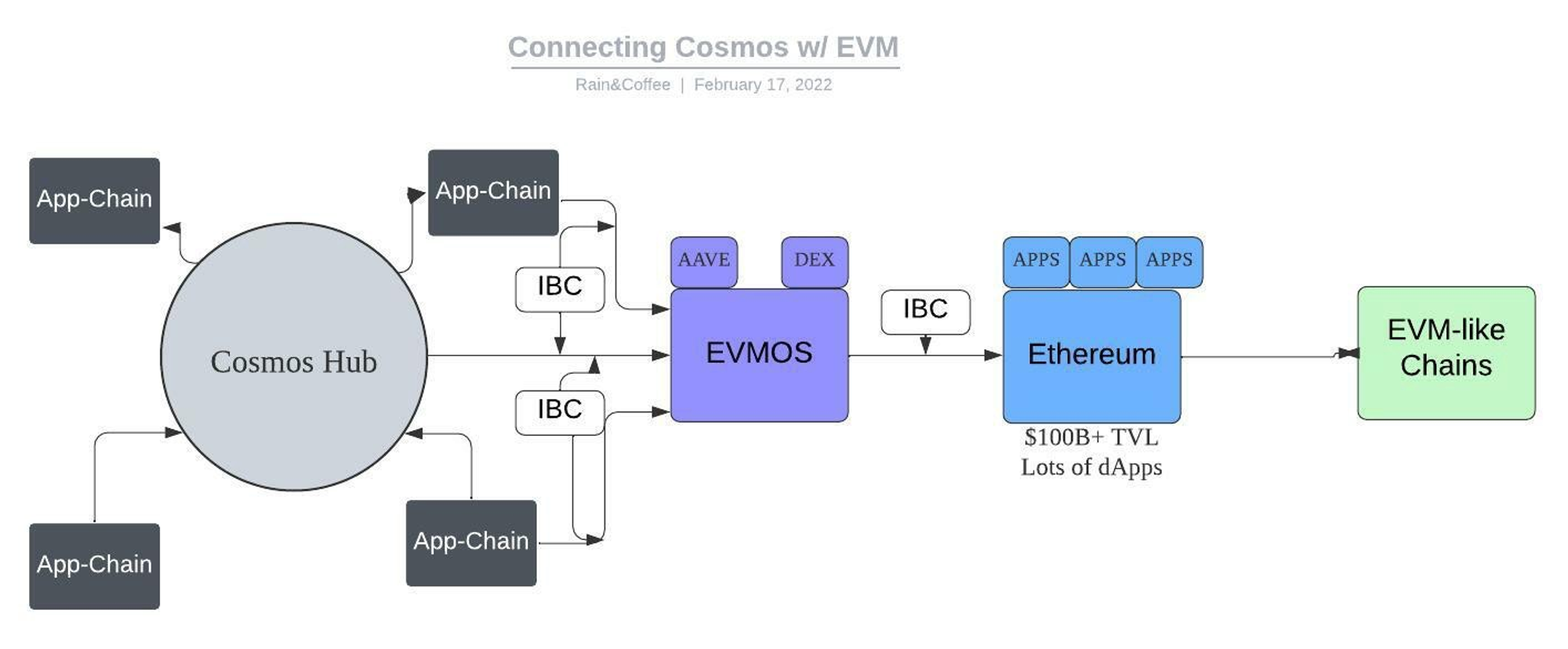
EVMOS ON COSMOS
So what exactly does this mean for Cosmos and what benefits does the use of Ethereum-based applications bring to the ecosystem? Well for starters Evmos EVM compatibility couple with IBC enabled allows devs to build with the features of Ethereum while simultaneously benefiting from Tendermints PoS consensus engine. This will allow users, and their assets to access the massive utility seen on Ethereum.
The deployment and use of Ethereum-based apps on different blockchains have proven to be a multi-billion $ opportunity for other chains. Ethereum's massive user base, deep liquidity, and network effect have historically allowed for the perfect place for developers to build. However with high gas fees, and slow transaction speeds many devs are developing alternative EVM compatible L1s.
Developing on Evmos will give developers the following advantages
- Take full advantage of an Ethereum environment while offering low gas fees, and fast finality
- Interoperability to the IBC network
- Not only exposure to the user base, and liquidity on Cosmos but also the user base, liquidity, and network effects were seen on Ethereum. Not to mention all the other EVM compatible chains as mentioned above.
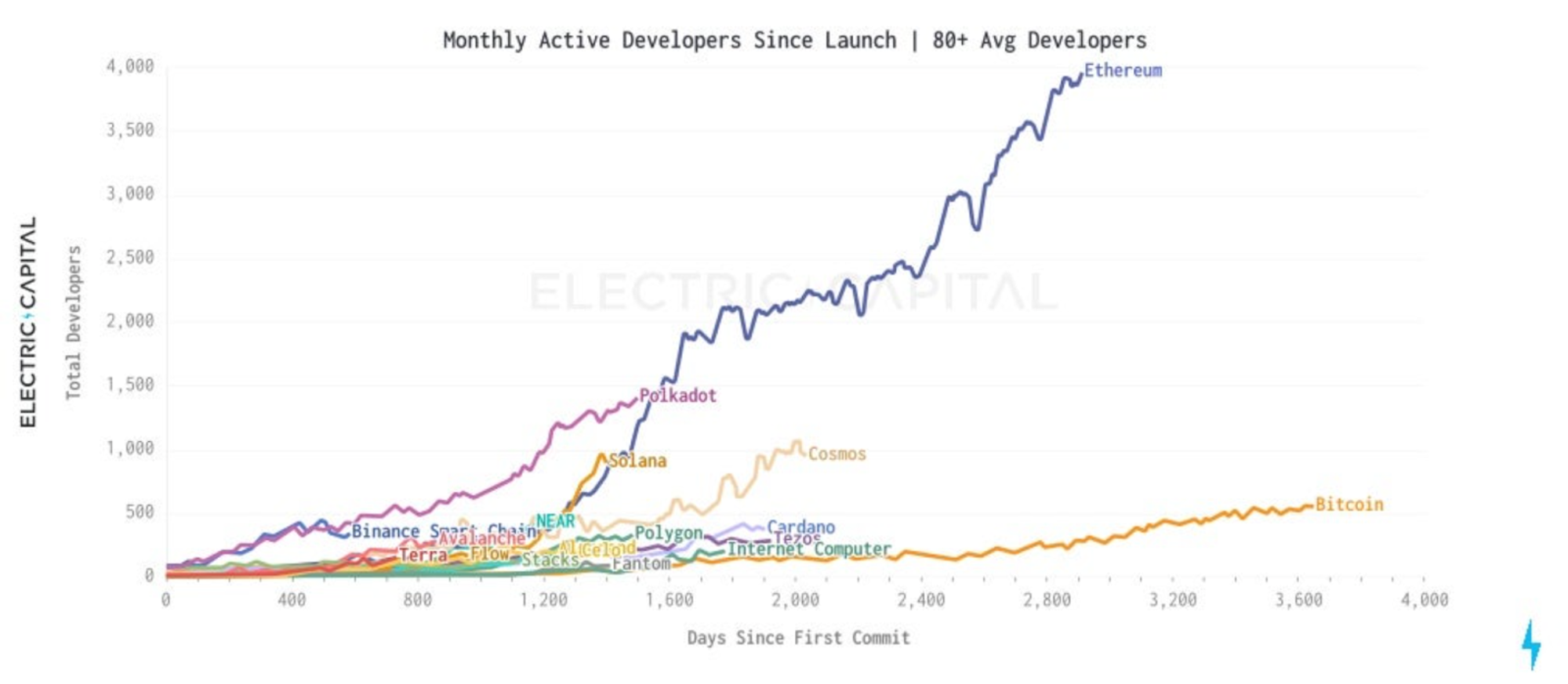
Evmos will enable users of IBC-enabled chains to access the types of protocols on Ethereum like DEXs, lending protocols, NFT apps, and much much more.
One of the most popular examples is Aave the lending and borrowing protocol with $12B in TVL. Aave has already proposed and voted to implement Evmos meaning their lending market and protocol will be available for Cosmos and Ethereum-based assets on Evmos. Evmos will be the port of entry to Cosmos for Ethereum users and other EVM chains with the introduction of developer-focused incentives, interoperability across other Cosmos chains, and interchain composability.
Initial Supported Assets On Aave
- USDC
- USDT
- DAI
- FRAX
- AAVE
- WETH
- WBTC
- OSMO
- EVMOS
- ATOM

Evmos will also enable Osmosis allowing it to have pools with Ethereum assets which is massive for the growth of Osmosis and Cosmos.
THE EVM HUB
Cosmos ecosystem is made up of Hubs and Zones. Evmos will be the EVM compatible Hub on Cosmos. Evmos will launch as a single hub chain for EVM compatibility in the Cosmos ecosystem.
The vision of Evmos is to have multiple, interoperable, and composable EVM compatible chains that can each be individually customized and optimized for specific use cases (DeFi, NFTs, gaming, etc).
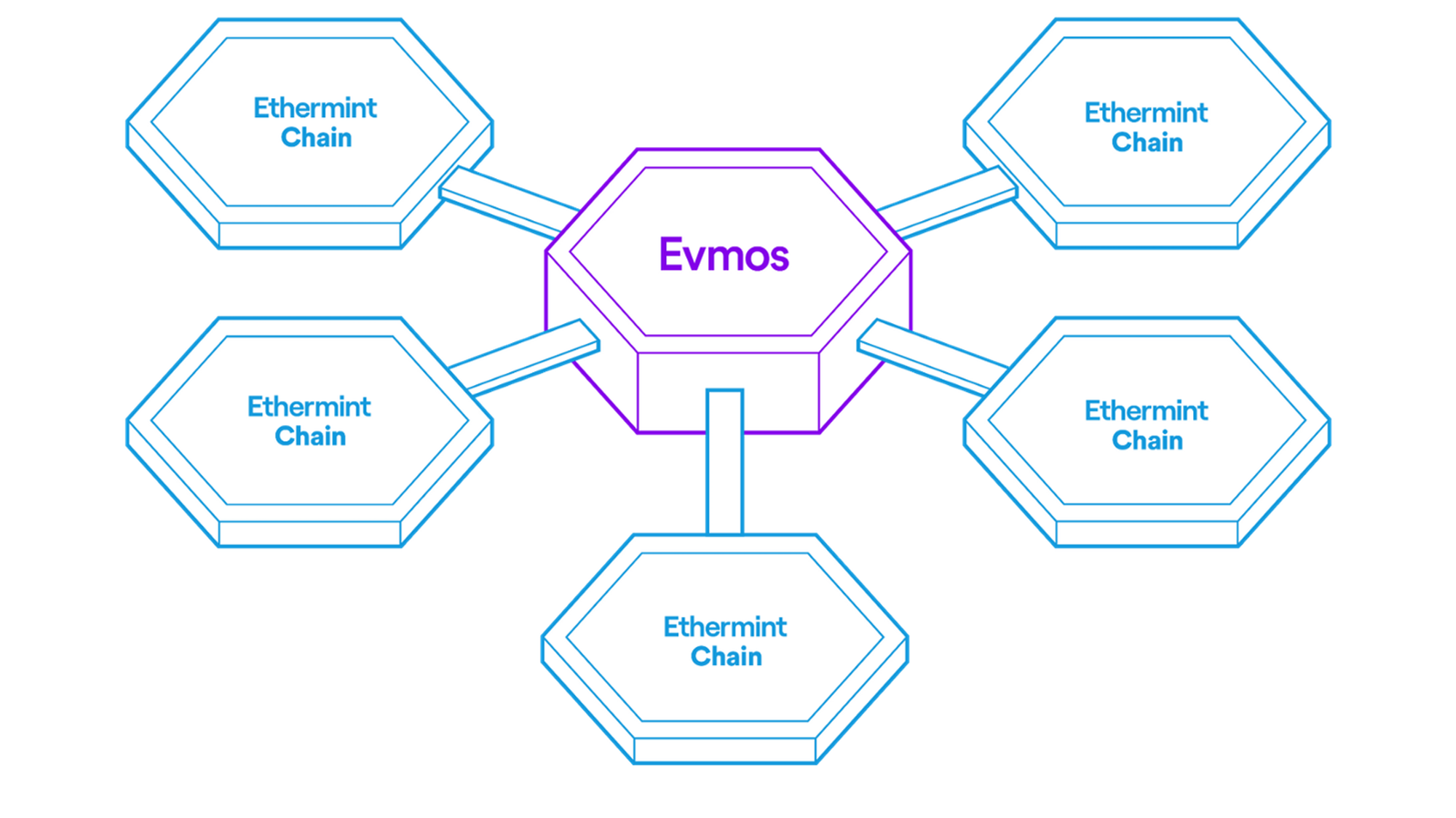
Those who are wondering what “Ethermint Chain” means in the photos below.
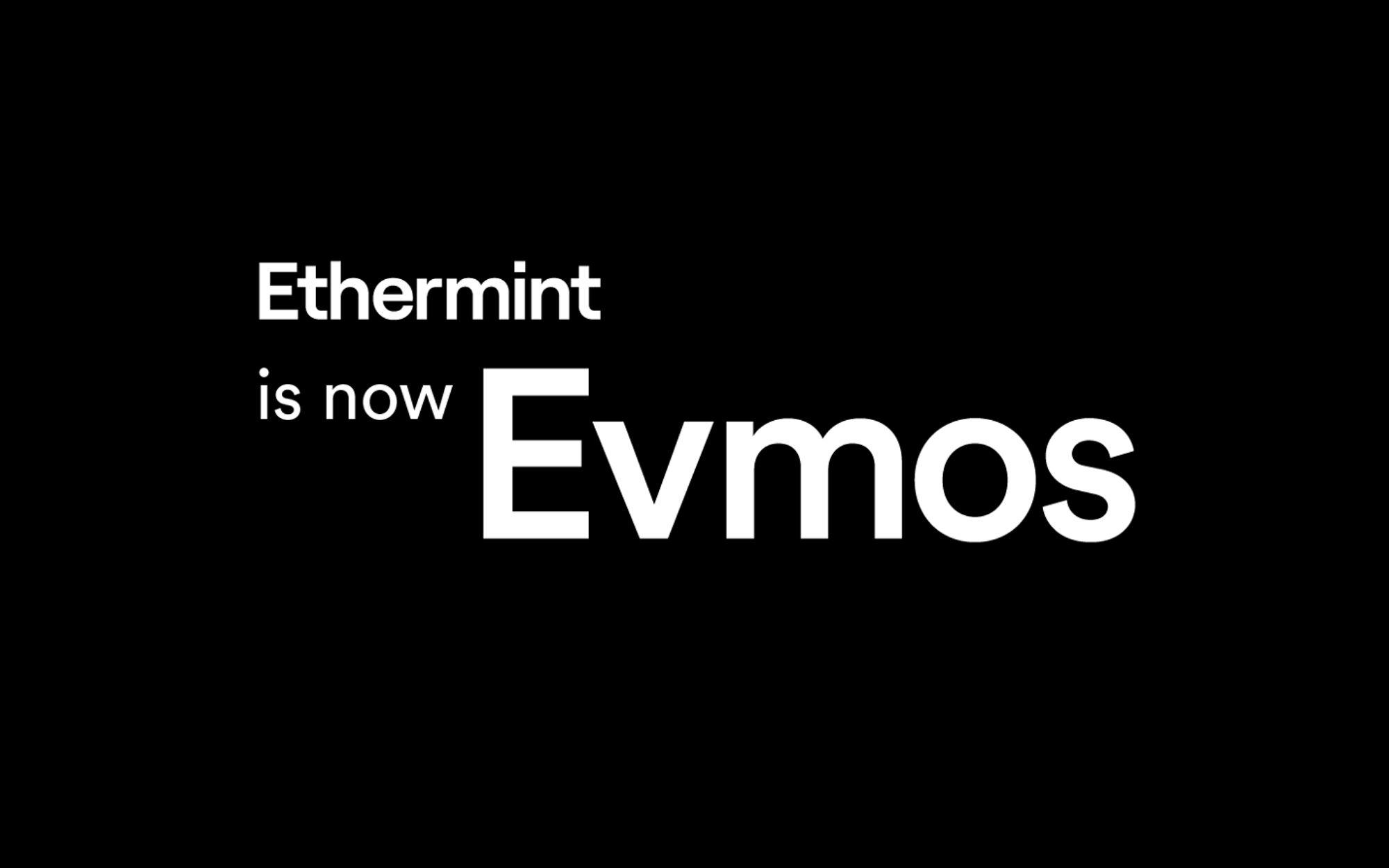
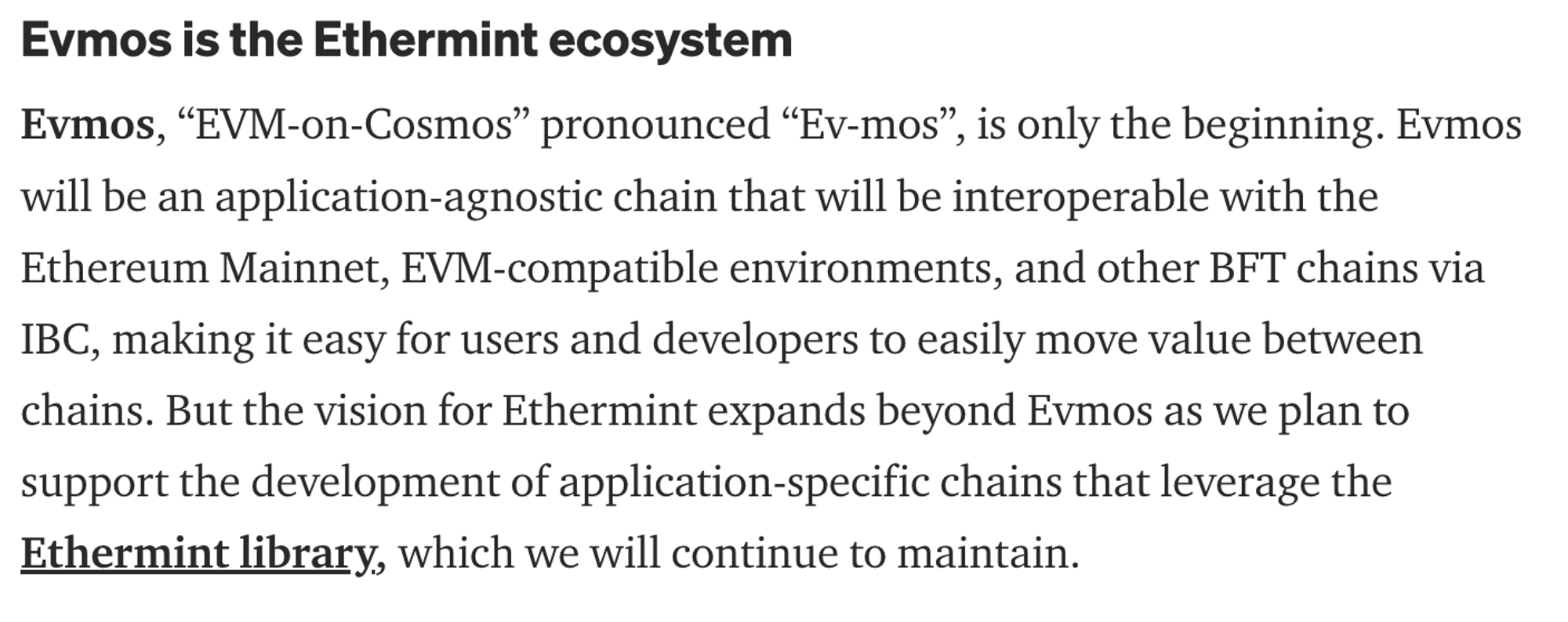

ERC20 TOKEN MODULE
How exactly does Evmos work? Well in order to be able to handle and transact with other EVMs it needs an ERC-20 module. Simply put this module enables users to convert their ERC-20 tokens on Ethereum into assets on Cosmos and vice versa. More technically the ERC-20 module translates the ERC-20 token address and its metadata into a Cosmos coin denomination and its corresponding Cosmos coin metadata.
This module will enable developers to build apps that experiment and innovate with multi-chain composability between application-specific blockchains. This opens up the door for users to do things like convert $ATOM into tokens and use them to buy NFTs, liquid stake their OSMO, and use the staking voucher as an ERC20 token on a DeFi protocol, and more.
Below is a more detailed description with specific use case examples of how this process works via governance proposal.
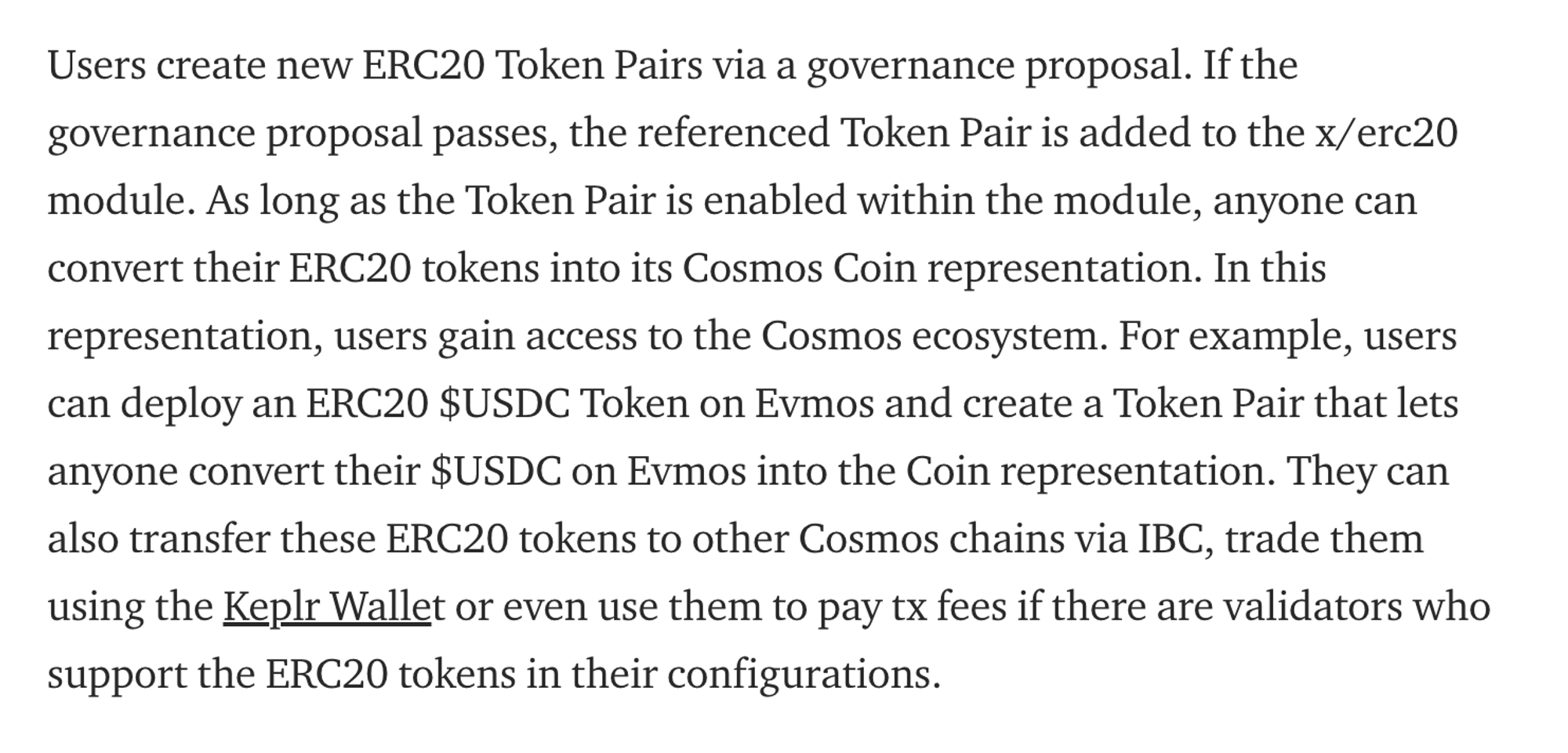
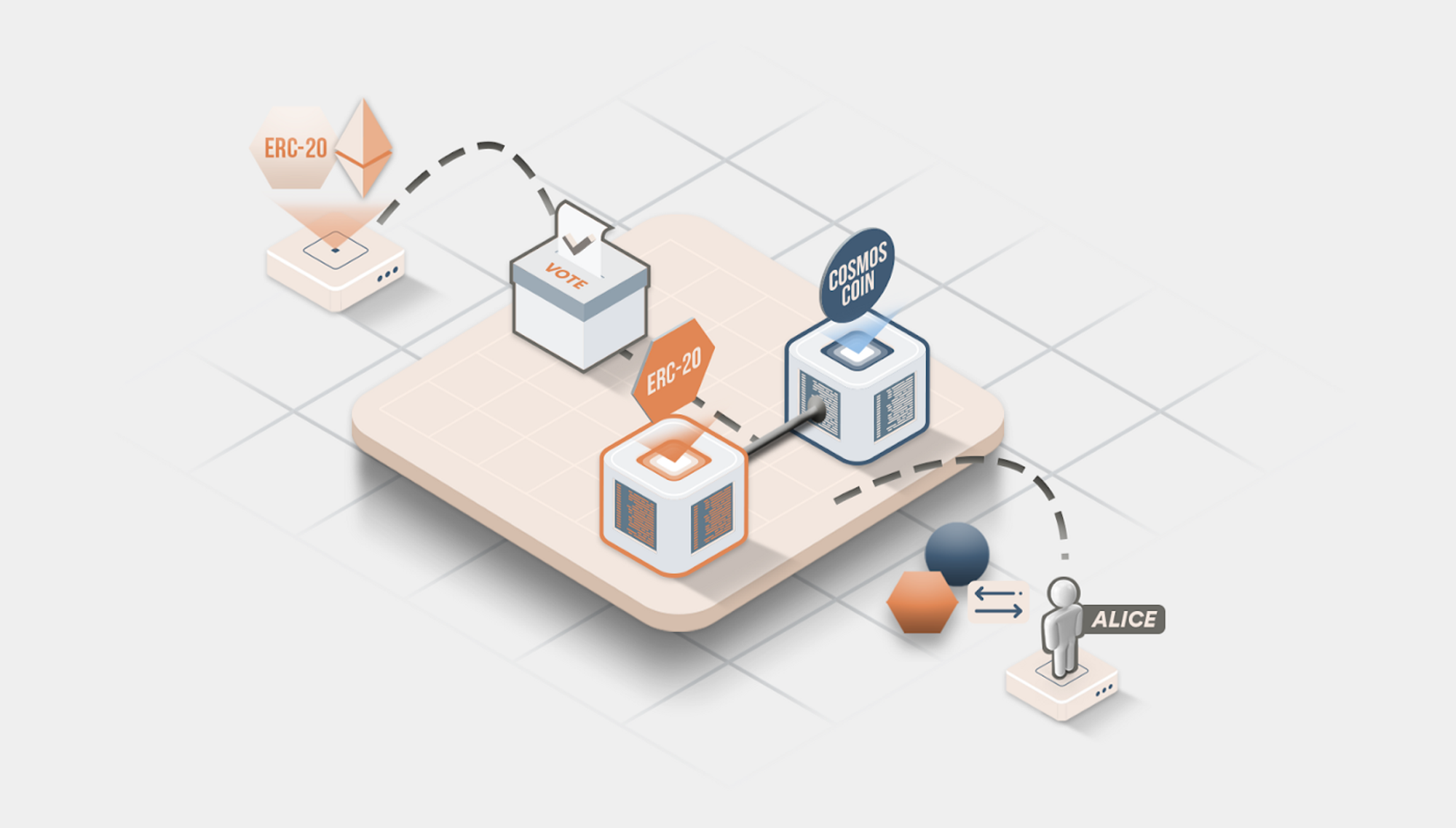
THE DAPP STORE
In Evmos the fees used for transactions are no longer just burned money that increases the network ownership of network operators. Evmos has designed a built-in shared revenue fee model to split fees as rewards between developers and network operators for their services.
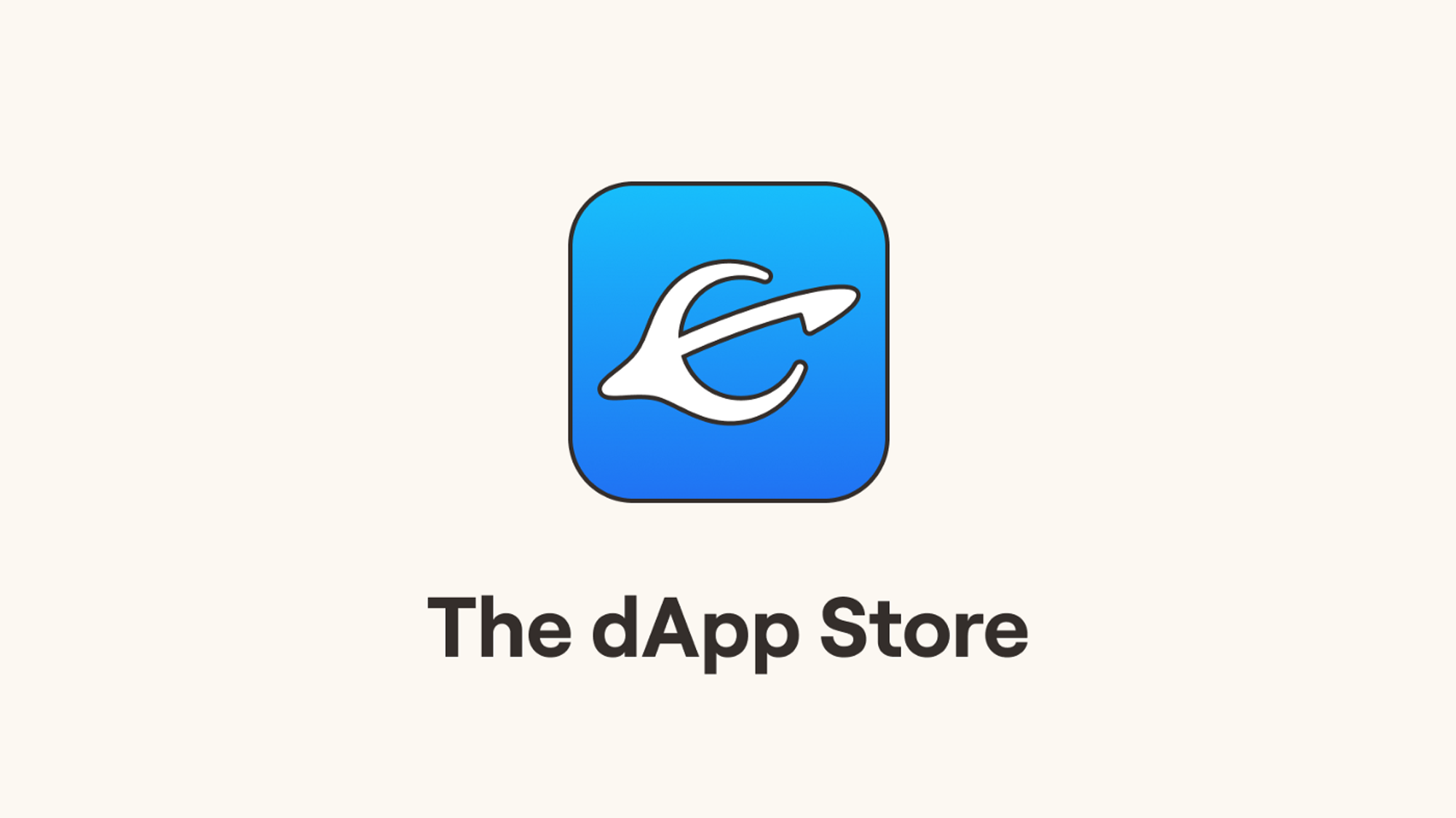
Basically, it’s an app store where developers are rewarded based on the value and impact of their dApp. This incentivizes value addition to the ecosystem as opposed to developers’ ability to spin up a new governance token and leverage connections to capital (retail or institution). Developers building on Evmos gets a real stake in the growth and governance of the protocol.
The fee split will be a 50/50 split between contract deployers and validators. This can be tuned by governance down the road as well.
TOKENOMICS
The $EVMOS token is used for the following
- Provide the utility of securing the Proof-of-Stake chain
- For governance proposals
- Fee distribution
- To pay gas fees for running smart contracts on the EVM
Typically there are 3 actors on a blockchain. Developers, users, and validators or miners. Each has an important role in creating and maintaining value for a network. Many chains fall short of accruing value to all 3 in a sustainable way. $EVMOS aims to fix this problem by not just acting as a fee and staking token, but it will be the first token on an EVM that drives governance for the chain.
To help further this cause, there are five primary use cases at launch. These usage incentives will further be added upon, as validators and holders vote on incentives to accrue more value to token holders.
- Paying developers and network operators
- Voting on protocol upgrades
- Registering tokens on the ERC20 module
- Deciding usage incentives for applications build on Evmos
- Enabling high priority functionality
Evmos aims to create a domino effect as seen below
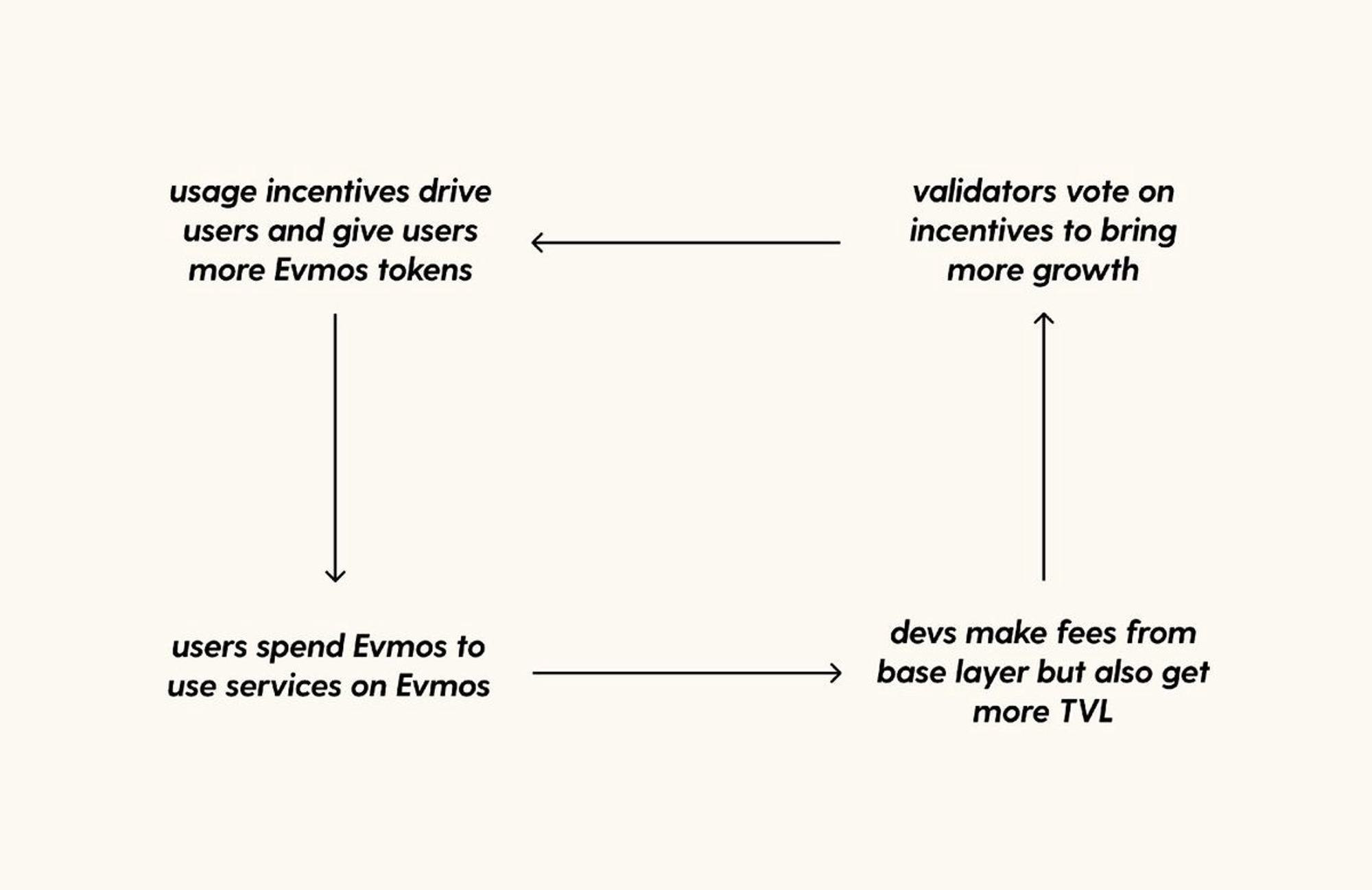
EVMOS token has no max supply and will have an initial supply of 200 million at genesis. Evmos is highly inflationary at the beginning, with over 300 million tokens being issued during the first year.
Under the initial token model, the new tokens will be issued under an exponential decay schedule, where inflation is decreased every year. The target will be to issue 1 billion Evmos tokens in 4 years.
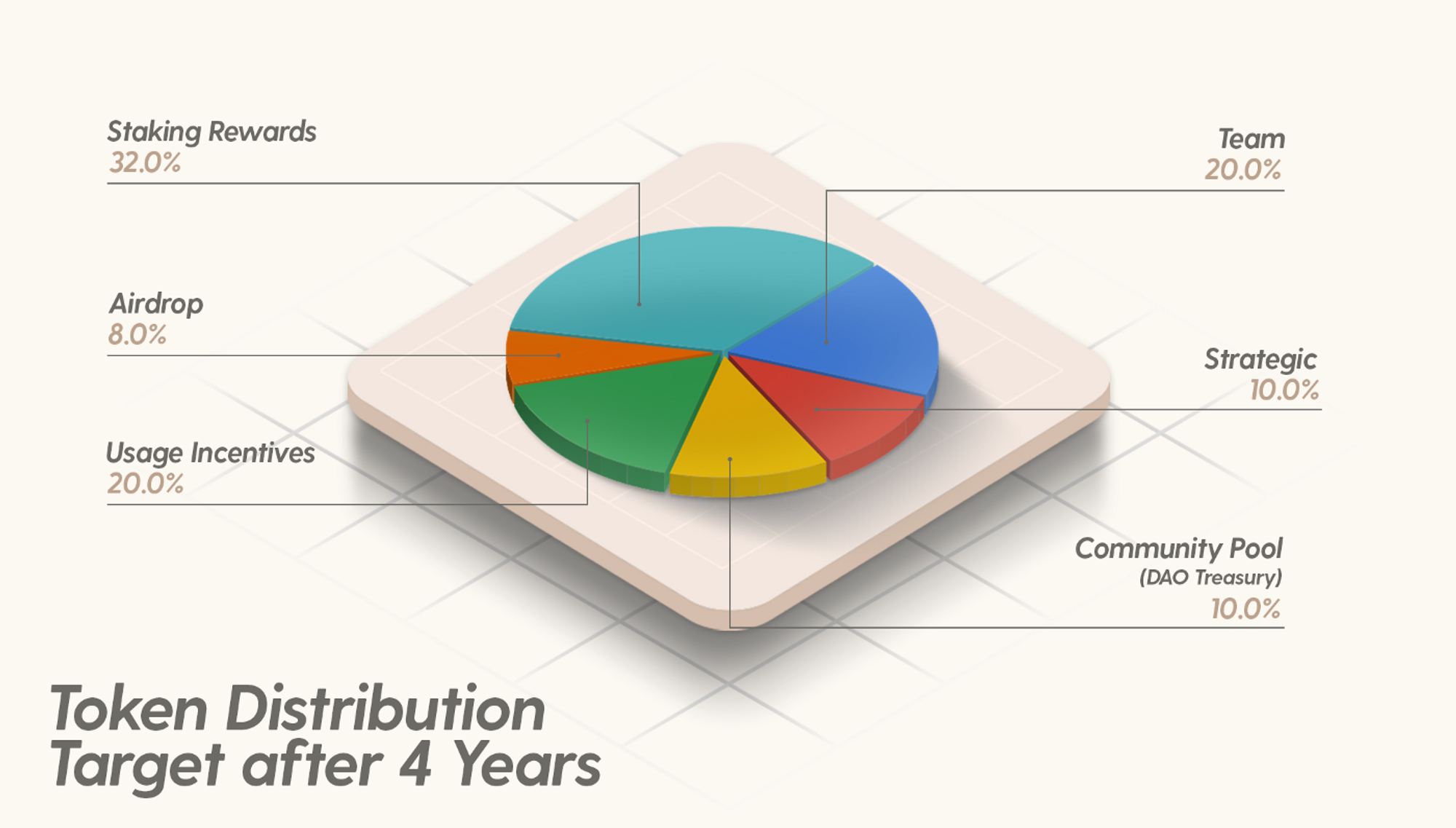
At launch, on the 28th, 40% of the initial supply of 200 million tokens will be airdropped (Rektdrop). The other 60% are committed to the community pool & strategic reserve, which will function as an accelerator for the Evmos ecosystem.
For more information on the REKTDROP airdrop please follow this link - https://evmos.blog/the-evmos-rektdrop-abbe931ba823
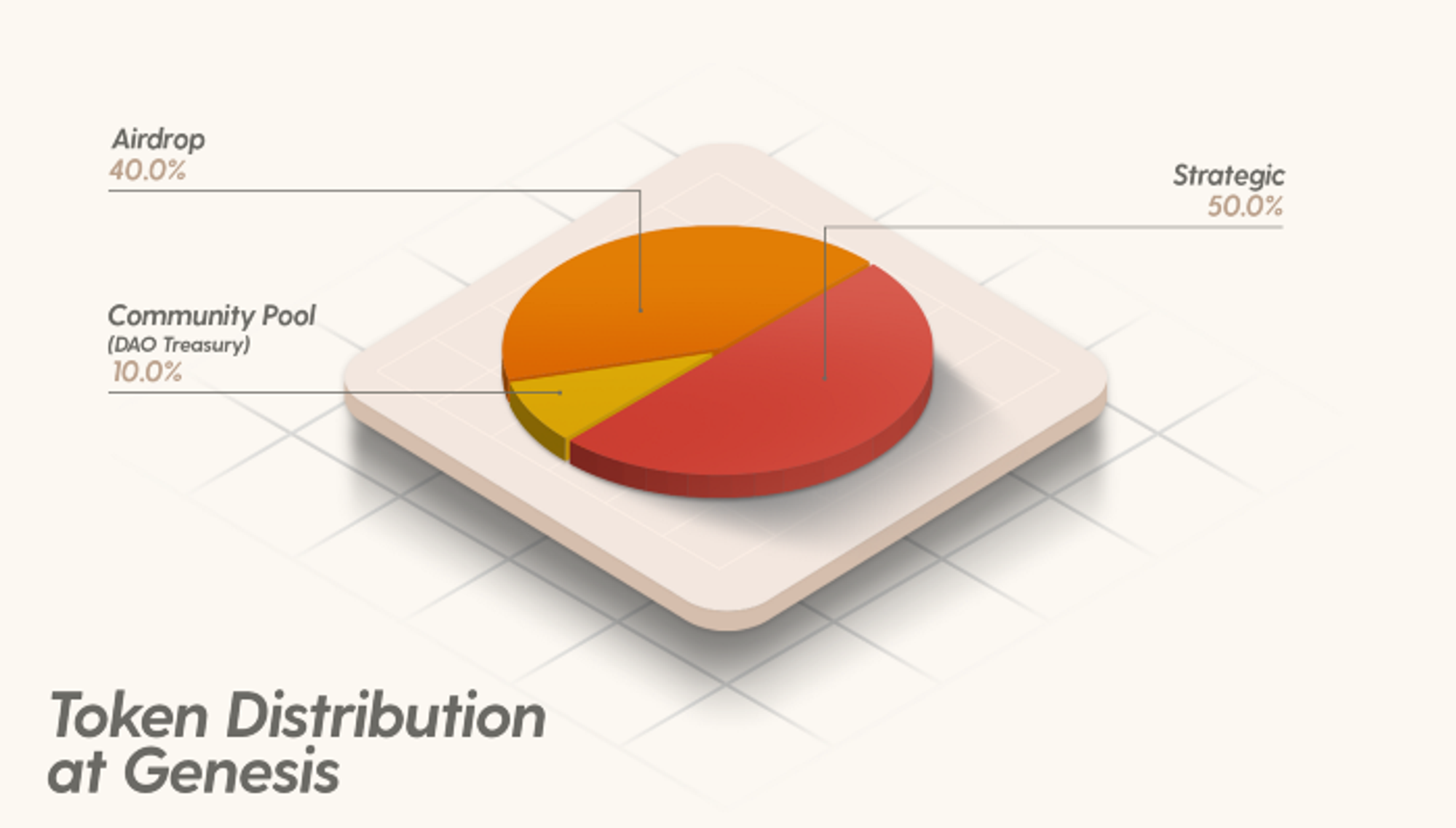
Strategic Reserve
At genesis, there will be an allocation of 100 million Evmos set aside in a strategic reserve. This strategic reserve will be controlled by a multisig DAO owned by the foundation, initially composed of members from the development team and Cosmos community.
It will be used to fund initiatives through grants and support validators through delegation who are highly active in the network, beyond just running an institutionally backed node. This could include providing relayer services, building out explorers, maintaining open source tooling, and deploying dashboards that show overall market growth on the network. This incentivizes valuing more active participants in the network.
TEAM
Evmos was founded by Federico Kunze Küllmer and Akash Khosla.
Federico has been a core contributor to a number of Cosmos projects including Tendermint, Cosmos SDK, Core IBC, Gravity Bridge, and Sommelier. He has been building in the blockchain space since 2017 when he was an exchange student at UC Berkeley, where he joined Blockchain at Berkeley.
Akash had been working in the Cosmos ecosystem at Anchorage and as a Co-Founder of Blockchain at Berkeley, the blockchain innovation hub where many of the original Cosmos developers started their careers. He’s been working on blockchain and cryptocurrencies since 2016 as a Software Engineer at Anchorage, Chain, and Earn.com, in addition to contributing to open source projects like Interledger.
Team Vesting
In order to build a set of world-class teams, 25% of the tokens per epoch are going to be issued to developers of the Evmos protocol. These 200 million Evmos tokens are subject to a cliff and are vesting. These will not be allowed to be transferred or staked until they are released.
Token holders can determine whether or not they want to have the current dev team involved in the network and choose to reclaim any unreleased tokens from the dev team through governance and redirect them.

